There are a number of accessories that are worn or carried as part of the regalia. These items can reveal family heritage, tribal affiliation, spiritual quests, or may have been a gift to the dancer by other members of their group. Some of the items may be "earned" by completing tribal milestones.
Powwows are intertribal social gatherings. Begun in the 1880's, they became an important way for Native Americans to stay connected to their tribal cultures and identities. This was at a time when Indians were experiencing great upheavals in their communities, due to the assimilation era, when tribes were forced onto reservations.
For dancers, not only is the act of dancing that expression, but the wearing of dance regalia is the visible manifestation of one's heritage. A dancer's regalia is one of the most powerful symbols of his or her Native identity and in that regard it can be considered sacred.
This is one reason why it is incorrect to refer to dance regalia as a "costume." Many of the elements that make up a dance outfit are items often associated with the ceremonial function, such as eagle feathers and parts, animal hides, items that have been handed down through generations, as well as designs that may have been handed down or were given in dreams and visions. (Source: Native-Languages.org)
The women's hair beads and embroidered regalia patterns are quite beautiful, as the string of photos below clearly shows.
One of my favorites involves the jingle dress. A very healing dance, the jingle dance is associated with sending healing vibes to someone who is ill.
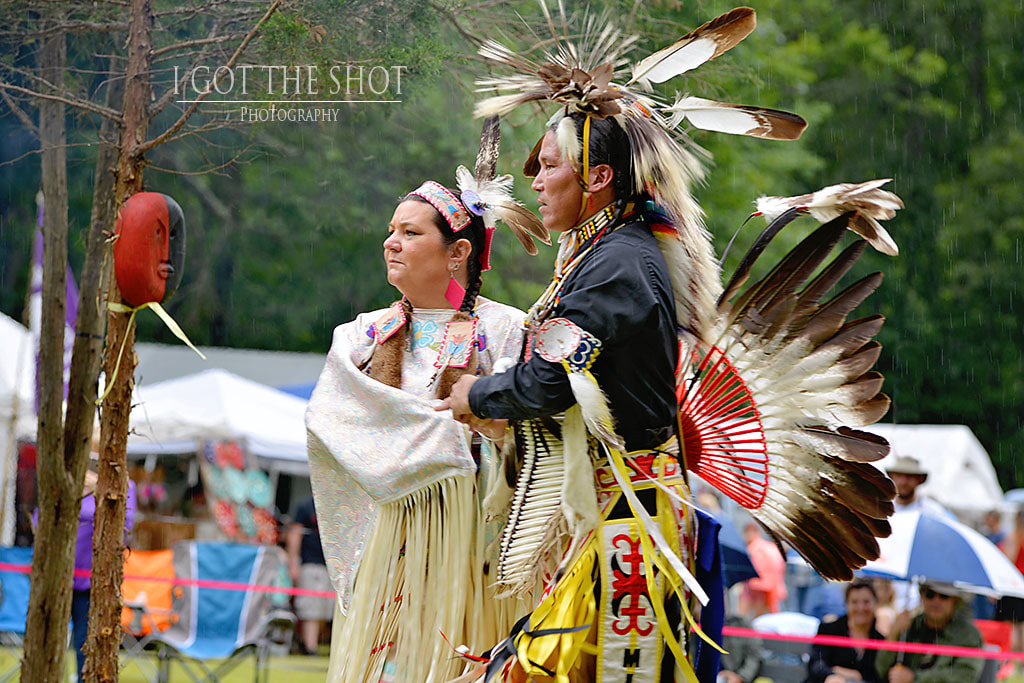

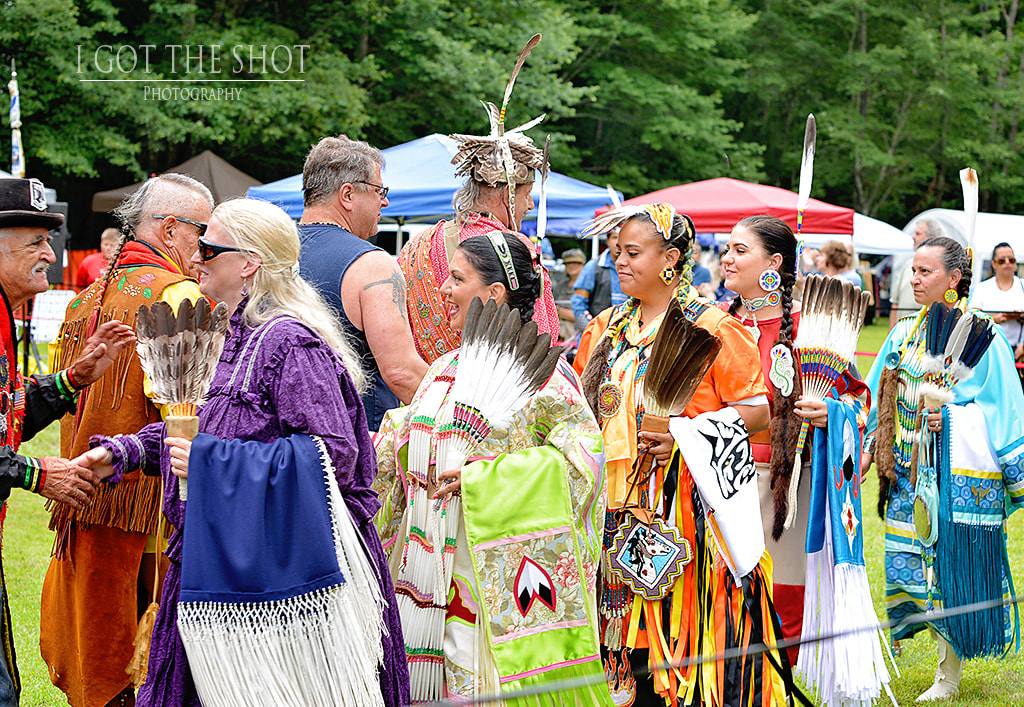






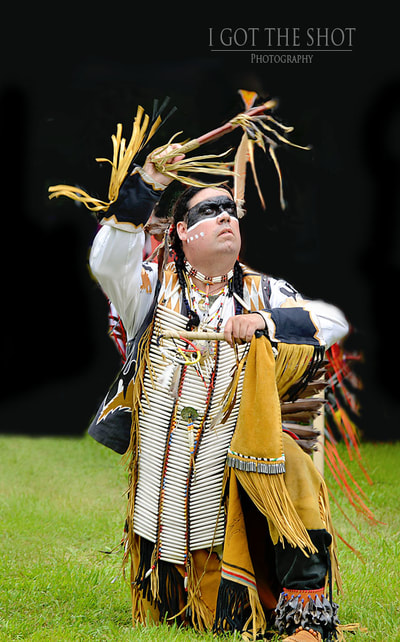



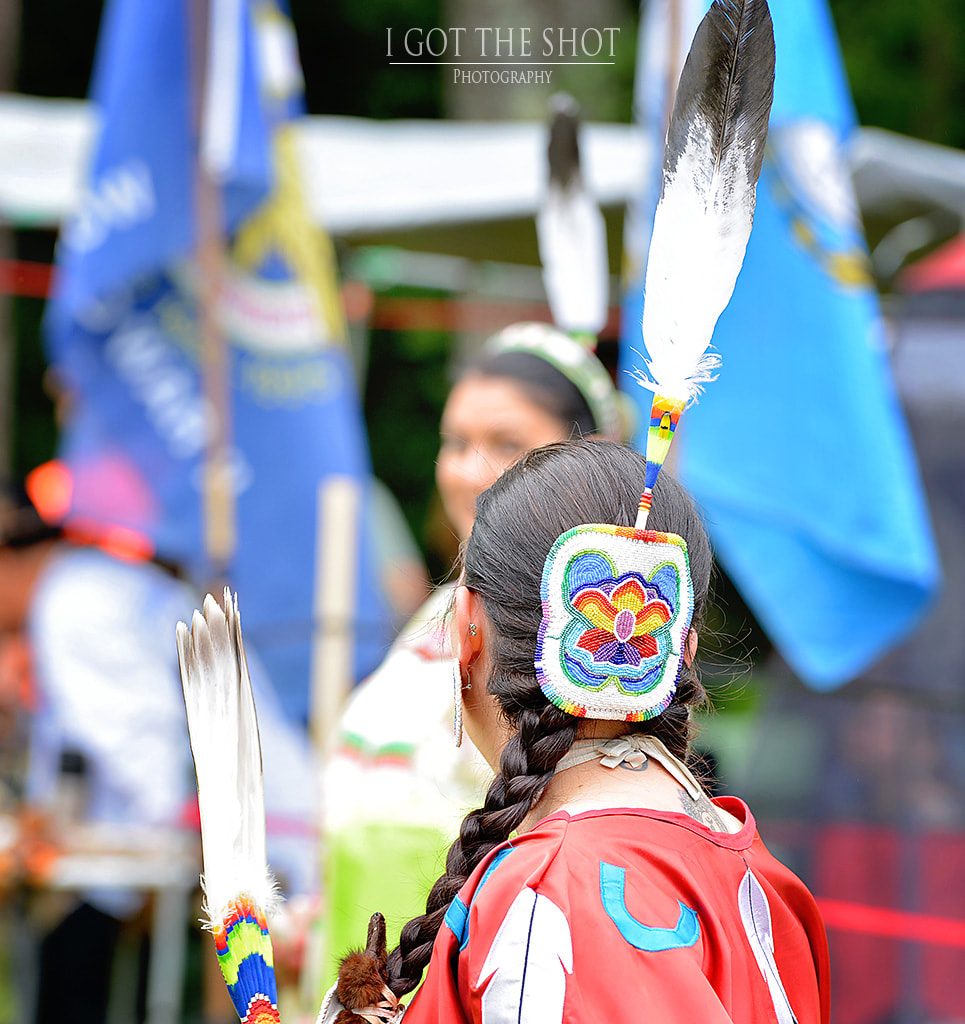





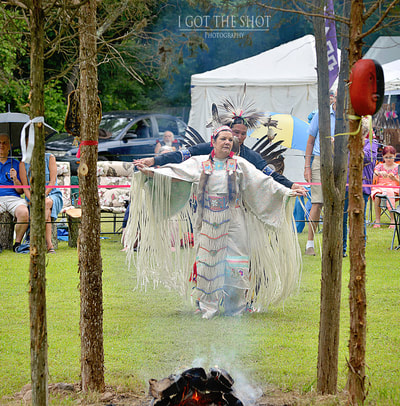

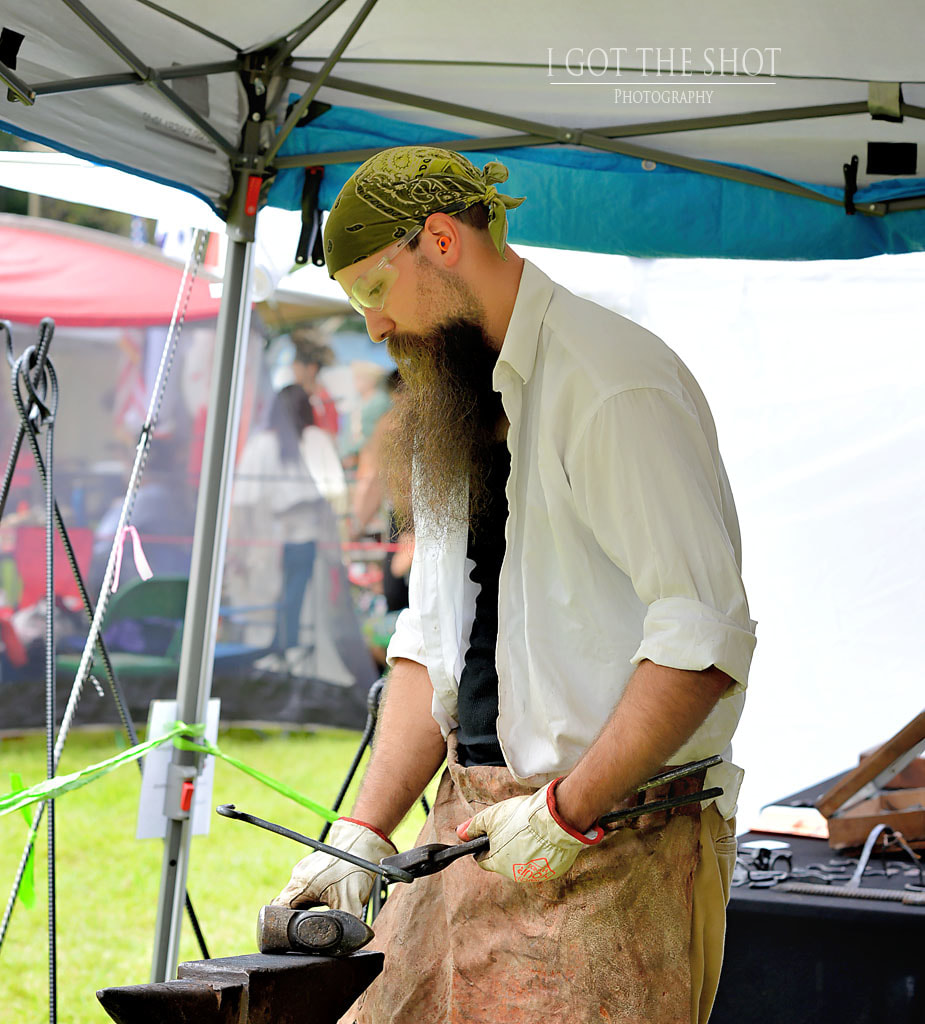





 RSS Feed
RSS Feed